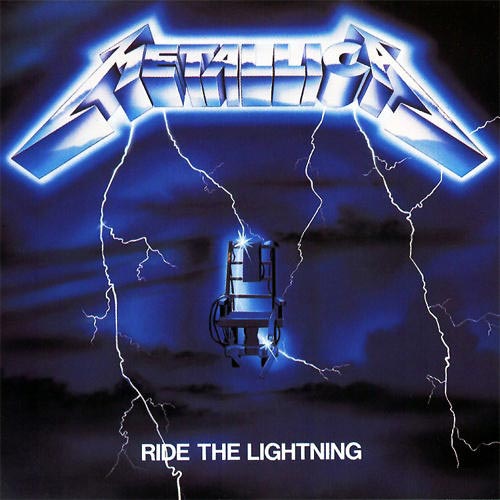Brief follow-up to my earlier post about cell-phones: The Denver Post has a story that suggests little metallic headphones with long metal wires will increase damage if you are struck by lightning. The medical expert in this report, interestingly, makes a very clear distinction between threat and vulnerability:
“There is no scientific evidence to show that lightning is ‘attracted’ to items like an iPod. However, if someone wearing earbuds is struck, current may travel along the wires into the ears,” said Gregory Stewart of the Denver-based Lightning Reference Center. “There are documented cases of lightning traveling through wired telephones and killing the users. “
This sounds so much more reasoned than the British Medical Journal, from a security/risk perspective. I find it nice that the report tries to clarify that the risk is really of more serious damage (increased vulnerability) given the same probability of being struck by lightning. Although, ironically, you might say that a wired telephone actually could increase your threat of being struck if it’s connected to a much larger target area (an exposed system of wires).
On the lighter side of things (pun not intended) there were two other factors mentioned in the report:
Jason Bunch was listening to Metallica on his iPod while mowing the lawn outside his Castle Rock home Sunday afternoon when lightning hit him.
The real lesson might be never to mow the lawn when there’s a chance of lightning. It might seem funny, but rote chores put people into a state of mind where they think they have to finish the last row, or get the last tuft and they tend to ignore subtle changes in weather. Lightning safety tips from NOAA and released to the public by news stations includes lawn mowing as a high-risk activity:
Each year, about 400 children and adults in the U.S. are struck by lightning while working outside, at sports events, on the beach, mountain climbing, mowing the lawn or during other outdoor activities.
Metallica? Could it have had anything to do with the lightning? Let’s see, there was that one album…

Guilty as charged
But damn it, it ain’t right
There’s someone else controlling me
Death in the air
Strapped in the electric chair
This can’t be happening to meWho made you God to say,
I’ll take your life from you?Flash before my eyes
Now it’s time to die
Burning in my brain
I can feel the flameWait for the sign
To flick the switch of death
It’s the beginning of the end
Sweat, chilling cold
As I watch death unfold
Consciousness my only friendMy fingers grip with fear
What am I doing here?Flash before my eyes
Now it’s time to die
Burning in my brain
I can feel the flameSomeone help me
Oh please, God help me
They are trying to take it all away
I don’t want to dieTime moving slow
The minutes seem like hours
The final curtain call I see
How true is this
Just get it over with
If this is true, just let it beWakened by horrid scream
Freed from this frightening dreamFlash before my eyes
Now it’s time to die
Burning in my brain
I can feel the flame
I guess the song was actually about the suffering caused by capital punishment. Maybe the one he was listening to had not yet been licensed? The RIAA has been considered heavy-handed so far, but would they go so far as to use lightning as enforcement?
There is an interesting list of Utah lightning deaths compiled by NOAA and even more interesting is the demographic data reported by the CDC:
In the United States from 1980 through 1995, a total of 1318 deaths were attributed to lightning, (average: 82 deaths per year {range: 53-100 deaths}). Of the 1318 persons who died, 1125 (85%) were male, and 896 (68%) were aged 15-44 years. The annual death rate from lightning was highest among persons aged 15-19 years (6 deaths per 10,000,000 population; crude rate: 3 per 10,000,000). The greatest number of deaths attributable to lightning occurred in Florida and Texas (145 and 91, respectively), but New Mexico, Arizona, Arkansas, and Mississippi had the highest rates (10.0, 9.0, 9.0, and 9.0, respectively).
So, are young males more likely to be struck (doing risky things outdoors like listening to illegal mp3s of Metallica) or more vulnerable to die when struck (more metal on their body, different physical characteristics)? Perhaps the lesson is that young men shouldn’t mow lawns.